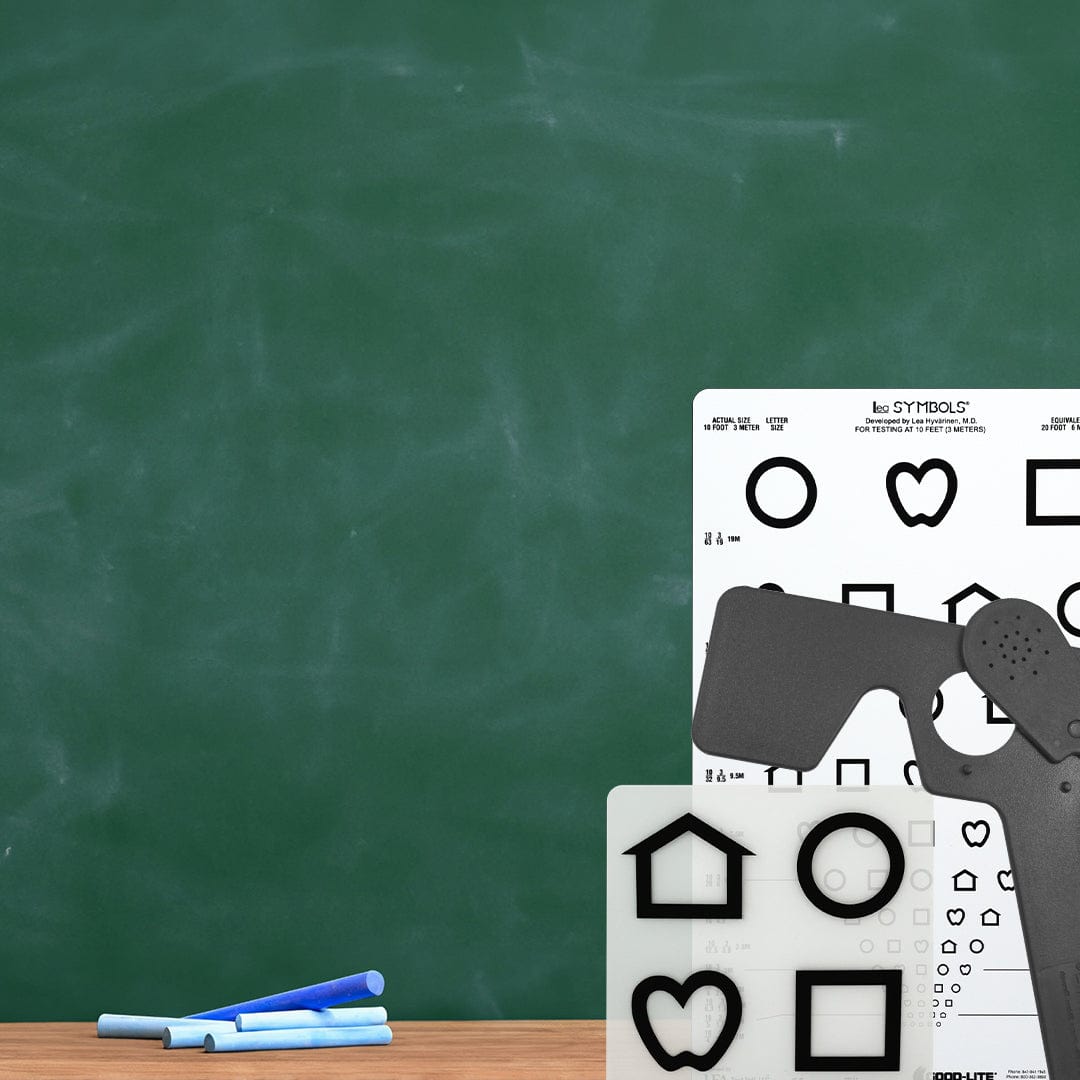About Stereopsis
Stereopsis is the ability of the visual system to properly process and combine the visual information coming to the brain from two different eyes. is the ability of the visual system to properly process and combine the visual information coming to the brain from two different eyes. Because the eyes have slightly different locations on the face, each eye receives a little bit different information and perspective from the visual world. The difference in images between eyes is known as binocular disparity. During stereopsis, the eyes and brain are able to process the binocular disparity so that the two images appear as one single 3D image, not two separate images. When stereopsis is working properly, it contributes to a person’s ability to have depth perception and properly judge distances and motion.
Depth Perception
Depth perception is the ability of the visual system to see images in 3D and judge depth, even though images are projected onto the back of the eye (the retina) in a 2D format. While stereopsis is an important component of depth perception, it is not the only factor. Monocular vision, or vision through just one eye, also receives queues to depth. These queues include object size and motion. But often these clues do not provide the same intensity of depth perception as that provided by both eyes.
Importance of Stereopsis
Depth perception through stereopsis touches on many everyday tasks, such as, driving a car, threading a needle, or hitting a fast-moving object like in tennis or baseball. The ability to perceive depth varies greatly across the population. A number of tests have been developed to test these variances, including to determine who has defective stereopsis and who has high-quality depth perception. The most well-known of the screening tests is called “Stereo Fly.”
Many professions require good stereopsis to perform effectively. For example, airline pilots and surgeons need to have excellent depth perception to do their jobs. Accordingly, testing for stereopsis has become a standard part of an eye examination, including as a qualification requirement for those that need a certain level of depth perception to perform their jobs.
Stereopsis Testing
This testing is performed by presenting a different image to each eye and determining how well the eyes can fuse these two images into one. Different types of images are used, typically in conjunction with a polarized filter or color filter over each eye. For example, The Random Dot test presents two different images of what appear to be a random series of dots, if the image is viewed through only one eye. When random dot images are shown to both eyes, and if the person can properly fuse the images using stereopsis, then a pattern appears. Different levels of randomness can be shown to the person, in order to measure the level of stereopsis. A contour test uses the same type of concept but presents 4 circles in a diamond shape. One of the circles induces a different level of binocular disparity and appears as it is on a different plane than the others. Again, different levels of disparity can be used to measure stereopsis. The Stereo Fly presents a slightly different picture of a fly to each eye. It is the most gross measurement of stereopsis. If the person can fuse the two images using stereopsis, the fly appears to jump off the page at the viewer. If no fly appears, then the patient lacks basic stereopsis ability.
How it's Developed
Humans are not born with stereopsis; it develops during the first 3 or 4 months of life. If one of the eyes does not have good vision, then the brain cannot learn to fuse the two images into one 3D image, and stereopsis does not develop. This can occur when a child is born with a cataract or when one eye has a very high level of optical blur compared to the other eye. Also, if the eyes cannot point in the same direction, then the visual images appear very different to the brain, and stereopsis cannot develop. This can occur in certain types of amblyopia where the muscles of the eye do not work together properly, and the eyes cannot fixate together on the same image.


















